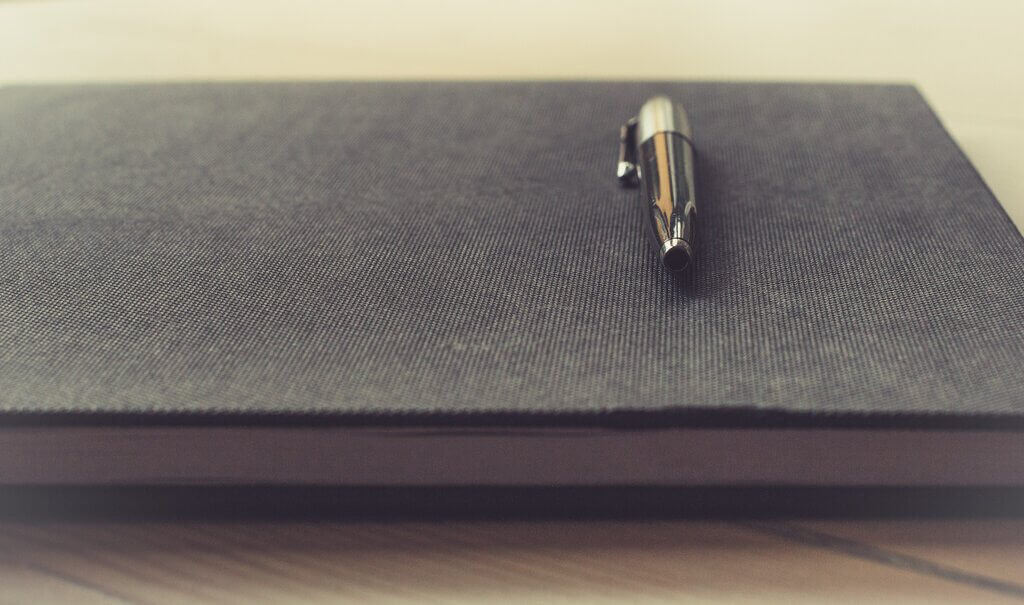The Must-Have Tool for Effective Meetings is a Great Agenda
How agendas can elevate meetings to the next level, and how to put one together

According to Business Insider, approximately one-third of meetings are unproductive. One of the most common mistakes that can result in an unproductive meeting is not having a good meeting agenda, or even worse, not having an agenda at all.
Agendas can be a simple list, a formal document, or simply a verbal agreement of how, when, and why a meeting will run and what will be discussed. A meeting without an agenda is never a good idea.
The simple truth is that meetings can be big time-wasters if they are disorganized. Agendas are a crucial tool for effective meetings.
What is a meeting agenda?
An agenda contains information about the intentions and purpose of a meeting and informs attendees ahead of time what will be discussed. It ensures that anyone attending the meeting is equipped with information about the topics that will be discussed, who will be attending. It can include more details such as how much time will be allocated to each topic, what decisions need to be made during the meeting, and who will be leading the discussions.
Meeting agendas can come in many forms, just like meetings. Sometimes they are informal and routine, and other times they are formal and for important or exceptional circumstances. Agendas are not one-size-fits-all.
A quarterly board meeting where important decisions will be made requires an agenda that is thorough and will also probably include reference documents, data, and readings for attendees to give context around each agenda item. On the other hand, a routine daily team meeting is a great example of when an informal and flexible agenda is appropriate.
A great example can be seen in Agile software development. Teams get together every day for a short meeting and follow a structured flow. This could be simply going around the team and each employee answering 3 questions; what did you work on yesterday, what are you working on today, and what challenges are you facing.
It’s a very simple agenda, it doesn’t necessarily need to be written down, formalized, and shared, but it structures the meeting and ensures that everyone knows what to do once the meeting starts. This avoids wasting any time and enables the team to make the most out of the meeting.
Is it necessary to have an agenda for routine meetings? Yes. Without an agenda, a meeting will almost always go overtime, discussions not directly relevant to the purpose of the meeting will creep in, and an important topic might be missed.
When you have an agenda, it’s easy the correct the course of a meeting if it’s going in the wrong direction simply by bringing everyone’s attention back to the agenda and taking any other discussions offline or tabling them for another day.

How to put one together - best-practice for an effective agenda
The best formula for putting together an effective meeting agenda is to get input from attendees as the agenda is being created. After all, meetings are all about collaboration and collective thinking. Being encouraged to share thoughts and ideas fuels a sense of value and will result in more engaged attendees.
Ensure your agenda is easy to read, and not too long. You'll want attendees to read it, a long agenda may get skimmed or ignored altogether.
An agenda serves as a preparation tool leading up to the meeting and then becomes a guide during the meeting itself. It should set up attendees with all the information they need to satisfy the purpose and intent of the meeting. Make sure to put the agenda in the calendar invite for the meeting, that way it will be easily found by attendees.
Include time in the agenda to address action items from the previous meeting. Without following up on action items, it’s hard to label a meeting as a success. Closing the loop by including reflection on the previous meetings keeps the team accountable to the discussions within the meetings and ensures realistic and valuable action items are set.
Here are a few guidelines to follow to ensure best practice when it comes to putting together an effective meeting agenda;
Distribute the agenda a few days before the meeting
The most important aspect is to ensure your agenda is distributed ahead of the meeting. Preferably a few days before. Sending it in advance will give attendees the necessary time to study it and be prepared for the meeting.
It also gives attendees a chance to give feedback if they see an issue or have a suggestion about the meeting topics or structure.
Outline the purpose and intent of the meeting
If you’re not sure what the end goal of a meeting might be, that is a red flag; are you having a meeting just for the sake of it? Without a clear purpose, it might not be a good idea to hold a meeting at all.
The purpose of a meeting should be clear and easily communicated. Meetings can serve different purposes such as providing information, being a space for discussion and collaboration, as well as a forum for making decisions. It should be clear to attendees what the meeting is set out to accomplish.
Prioritize the most important topics first
Research shows that the first topics covered in a meeting will receive more time and attention, whether important or not. This shows us that the order of topics does matter. Prioritize topics in order of importance from most important to least.
Include necessary details
You should include the details of the meeting such as date and time, location, or video/call links for remote meetings. Include a list of who will be attending the meeting.
This helps to set the expectations and also gives attendees a chance to point out to the meeting host if someone is missing from the list of attendees who will be valuable in contributing to the discussions.
Keep the number of topics to 5 or less
Trying to fit too much into a meeting is a sure way to end up with rushed conversations that bring much less value. It also overwhelms attendees and risks the meeting going over the allocated time and having a roll-on effect on everyone’s schedule.
Keeping the number of topics to 5 or less ensures that meetings are kept to a healthy length. Experts agree that engagement starts to diminish after just 30 minutes.
Allocate time for each topic
Consider how substantial the topics are and allocate time accordingly. Doing this will ensure that every topic is covered in the meeting. If a discussion ends up taking more time, the decision can be made within the meeting whether the agenda can be changed to enable the discussion to conclude. Most of the time, if the time expectations are set in advance, it’s clear and easy to ensure that the time allocated is respected, ensuring short and effective meetings.
Include extra information if needed
Is the meeting discussing sales numbers? If that is the case, it’s a good idea to include a sales report with the relevant information for attendees to take a look at before the meeting.
Any extra information that will help the attendees gain context around discussion topics will encourage more meaningful input and ensure the meeting is successful in accomplishing its purpose.
The key to effective meetings
A good agenda is a key to effective meetings. It will ensure meetings stay on track, and that all topics are discussed. It will encourage valuable contributions from attendees as they are coming into the meeting equipped with information. It will set the structure for the meeting and guide the discussions to minimize wasted time.
There’s a good reason why the first recommendation from any guide to effective and productive meetings is to create a meaningful agenda; without one, there’s the very likely chance that all the meeting will achieve is a disorganized discussion without a meaningful outcome. Whether you’re organizing a board meeting or a weekly sales meeting, make sure you get the most out of every attendee's time by preparing a great agenda.
